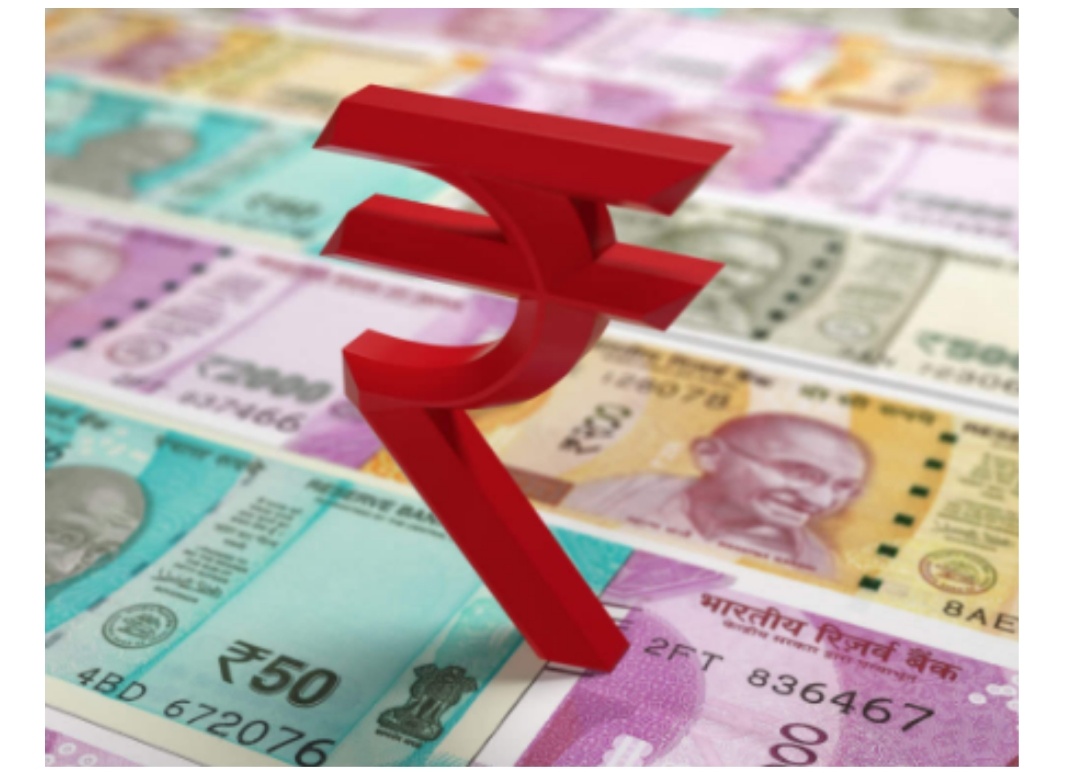By- Priya DCosta
The Goods and Service Tax (GST) introduced in July, 2017, subsumed most erstwhile indirect taxes, barring some like excise on alcoholic liquor. This makes it the largest contributor among indirect taxes to the Government Treasury. GST is a tax on “supply”, a term encompassing sale of most goods and services, barter exchange and almost every form of routine transfer from a seller to a customer. Therefore, more GST revenue prima-facie means higher volumes of business.GST collections in the month of December, 2020 touched all-time highs since it’s introduction. This prima-facie has been viewed as a positive sign for the economy, as it indicates revival from the Covid-19 pandemic. It is viewed as a sign of pickup in demand, which economists consider the first step in recovery after a slowdown.
A press release by the Ministry of Finance of the Government of India on 1st January, 2021, stated that the GST and Compensation Cess (CC) collections for the month of December 2020, was Rs. 1,15,174 crores. From this, Rs. 28,021 crores was GST and CC imposed on import of goods.
GST is a tax imposed on “supply” of most commodities, a term which varies with the seasons. Therefore, monthly GST and CC revenues are compared with revenues of the same month in the previous year during analysis. The press release attributes the increase in GST and CC to “rapid economic recovery post pandemic and the nation-wide drive against GST and CC evaders and fake bills along with many systemic changes introduced recently, which have led to improved compliance.”
The reason of rapid economic recovery is supported by the fact that Covid-19 related restrictions have reduced since the onset of the pandemic. Further, GST and CC collections in December, 2020 are for supplies made during the previous month, i.e. November 2020 – the festive season in India. The reason of nation-wide drive against GST evaders is also supported by multiple news articles[PD1] regarding action taken for non-payment of GST.
However, one must not jump to conclusions on the revival of the economy through just a single metric. This is primarily because the press release does not specify which period the taxes collected relate to. Therefore, the amounts collected in December 2020 could be for supplies made in periods even prior to November, 2020. 31st December, 2020 was the due to file the Annual Return and Reconciliation Statement for Fiscal 18-19, which is the last return where taxpayers can pay any taxes they failed to pay earlier. The GST law faced teething troubles during fiscal 18-19, due to which many taxpayers might have committed errors. These errors might have been rectified through the Annual Return, which is filed after the audit of the books is complete. Hence, most taxpayers must have paid previous dues while filing the Annual Return in December, 2020. Similarly, taxes recovered from evaders are most likely to be for previous periods earlier than November,2020. The collections from evaders would also include penalties and interest on late payment of taxes, which do not represent any supply.
Therefore, though increased GST and CC collections are primarily due to economic revival, how much increase is actually attributable to increase in demand can be understood only after making the adjustments suggested above. The press release does not provide these details.
Actual growth in demand can be concluded upon only after ironing out the effects of non-recurring demand, which is very likely to have occurred during the festive season.
The current threshold limits for applicability of GST and CC in most states is a turnover of Rs 40 lakhs for goods and Rs 20 lakhs for services. This limit varies is reduced to Rs 20 lakhs for goods and Rs 20 lakhs for services in certain backward states and further to Rs 10 lakhs in certain backward states in North-East India. These represent a significant part of India’s business scenario, and the GST collection of Rs. 1.15 lakh crore fails to capture their performance. Further, the Covid-19 Pandemic affected these small businesses the most. Most of these are part of the unorganised sector, and there is no reliable data about their turnover during the month of November, 2020.
To conclude, a spurt in GST revenues is just one of the several indicators of a reviving economy. On a standalone basis, it fails to include unregistered businesses and fails to provide a clear a picture of economic activity during an identifiable period of time, i.e November 2020, it must be viewed in connection with other metrics such as the yet-to-be-published Quarter 3 GDP figures, to form a well-informed conclusion.
Literary References:
https://pib.gov.in/PressReleaseIframePage.aspx?PRID=1685332
https://www.cbic.gov.in/resources//htdocs-cbec/gst/notfctn-10-central-tax-english-2019.pdf;jsessionid=E24156AF4DD07A847280D0EAB2E336AD
Image References:
GST Trends: Press Information Bureau :https://pib.gov.in/PressReleaseIframePage.aspx?PRID=1685332
GST Coins: Freepik https://www.freepik.com/premium-photo/goods-services-tax-word-stack-coins-isolate_2576731.htm
Covid-19 Economic Revival: Deccan Herald https://www.deccanherald.com/international/world-news-politics/arab-economies-to-shrink-by-57-amid-coronavirus-fallout-un-report-864558.html
[PD1]Please hyperlink these highlighted words to the 2nd link in literary references.




